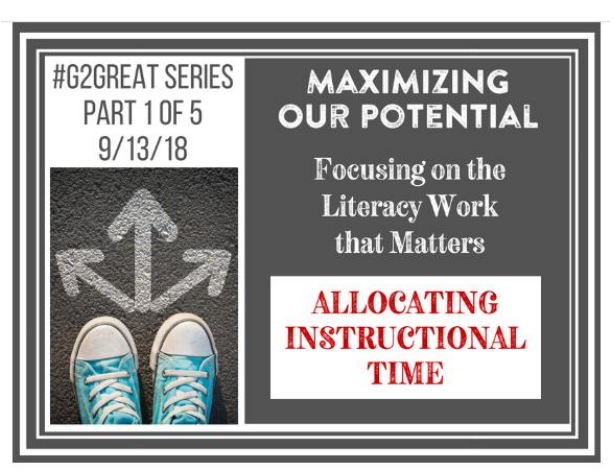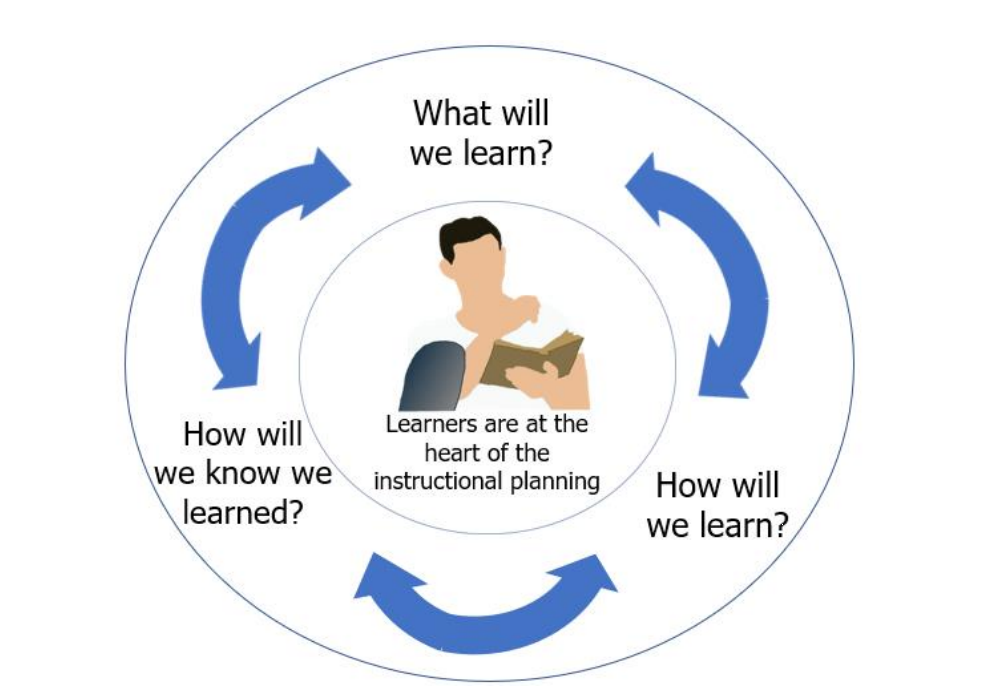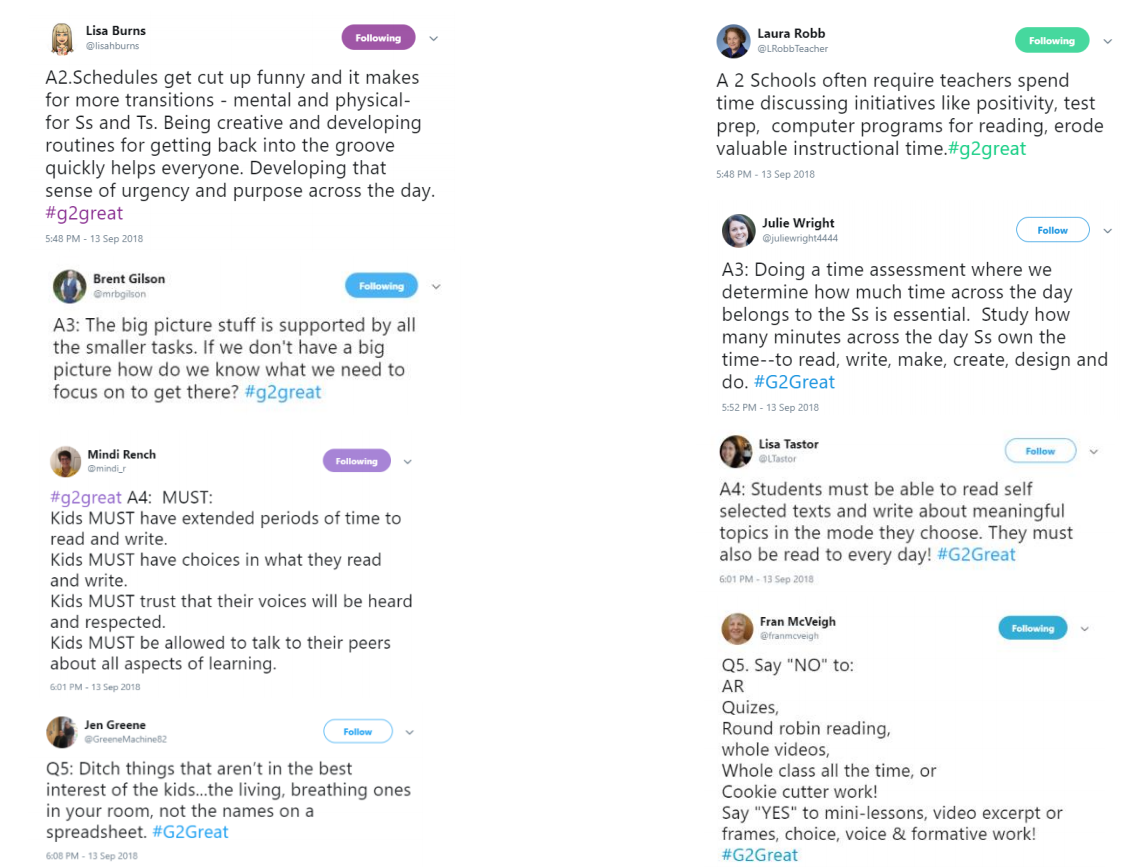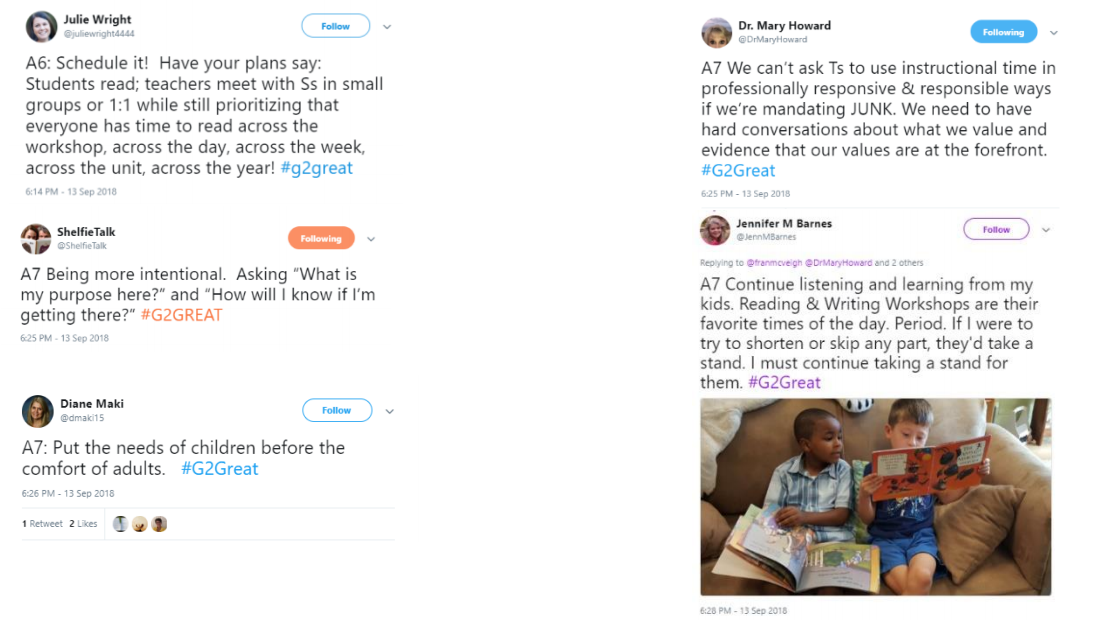In 1963, John Carroll first wrote about the correlation between learning and time. His paper, “A Model of School Learning”, advanced that authentic learning relies heavily on the amount of time an individual is allowed to devote to active engagement in a specific learning process. Thirty-five years later, Wong and Wong (1998) described four types of time built into a school day:
- Allocated time. The total time for teacher instruction and student learning
- Instructional time. The time teachers are actively teaching
- Engaged time. The time students are involved in a task
- Academic learning time. The time teachers can prove that students learned the content or mastered the skill
Furthermore, Wong and Wong (1998), found that 90 percent of allocated time was occupied by teacher talk. This is in opposition to the way that students learn best—by engaging in the authentic work of the content area.
Teachers mean well in wanting to give students valuable information, but extended teacher “mini- lessons” which then result in brief student work time, (independent or group structures) doesn’t allow kids adequate time to internalize or sufficiently transfer the learning.
Other practices in classrooms also steal valuable minutes from academic learning time. One of the biggest time-wasting activities is using lesson time to collect resources, materials, supplies for the lesson. This unintentionally allows students to be in a sort of “limbo” and often results in off-task behaviors or undesirable social interactions.
In addition, terse or non-existent closure for the lesson leaves students without a critical element of learning that “sticks”. Little or no intentional lesson closure also cheats the teacher of valuable formative assessment data when there is a lack of time for students to reflect, discuss or write about their learning.
It’s true that academic learning is reliant on quantity of time, but it also involves quality of time spent on content standards and learner dispositions. How much of the allotted time is dedicated to students working on the authentic tasks of readers and writers? Respectful tasks that lead readers and writers to greater understanding of the processes required for the work is critical for academic success. Instruction and practice of new concepts must be intentionally, strategically planned in a way that allows students to experience success at a minimum of 75% of the learning time.
Artful teachers facilitate transfer of learning by:
- designing compelling, relevant lessons that engage and captivate
- differentiating for the unique learning needs of all students by adjusting elements of instruction, practice and formative assessment tasks
- including skillful pedagogy moves by modeling, providing guided practice, and curative feedback
As professionals we know we are often plagued by the tyranny of the urgent, so we’re clear on the importance of intentional, systematic instructional planning that starts with the student at the core of the curriculum. When we take the time to know our students, design instruction and application of new learning with adequate supports in place, use ongoing assessments that inform and influence subsequent learning we are aligning our practice with our belief that every student can and will learn.
Curated Tweets: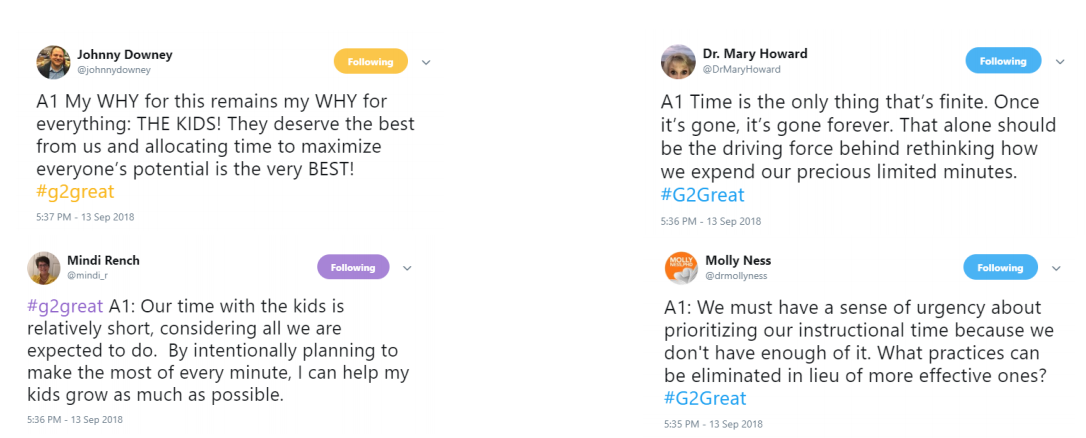
About Our Guest Blogger:
Valinda Kimmel began teaching three decades ago. She most recently worked as a K-6 instructional coach on an elementary campus in Texas and now has an educational consulting service collaborating with teachers, coaches and campus administrators. You can find her on Twitter @vrkimmel and on her site at www.valindakimmel.com
